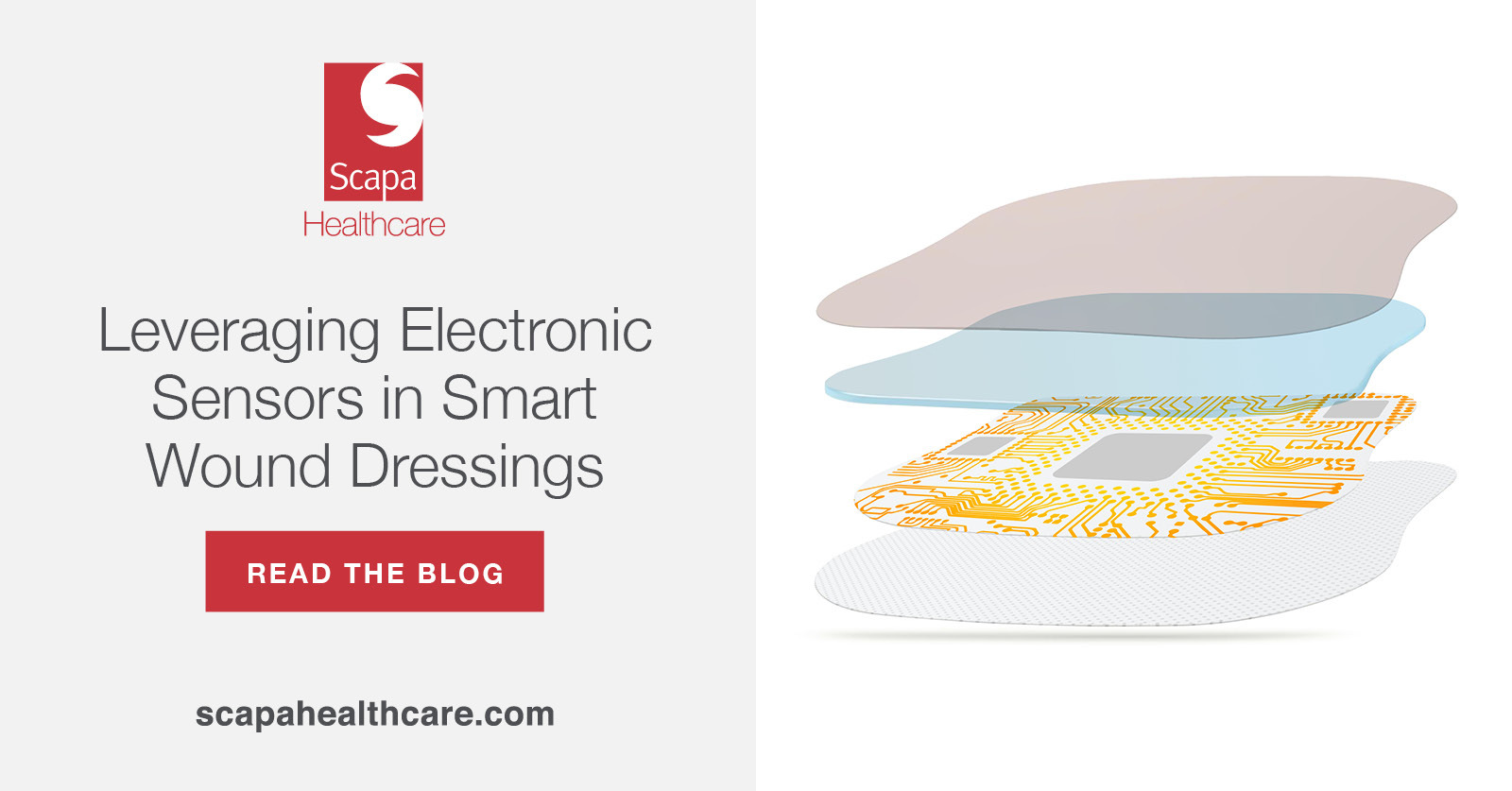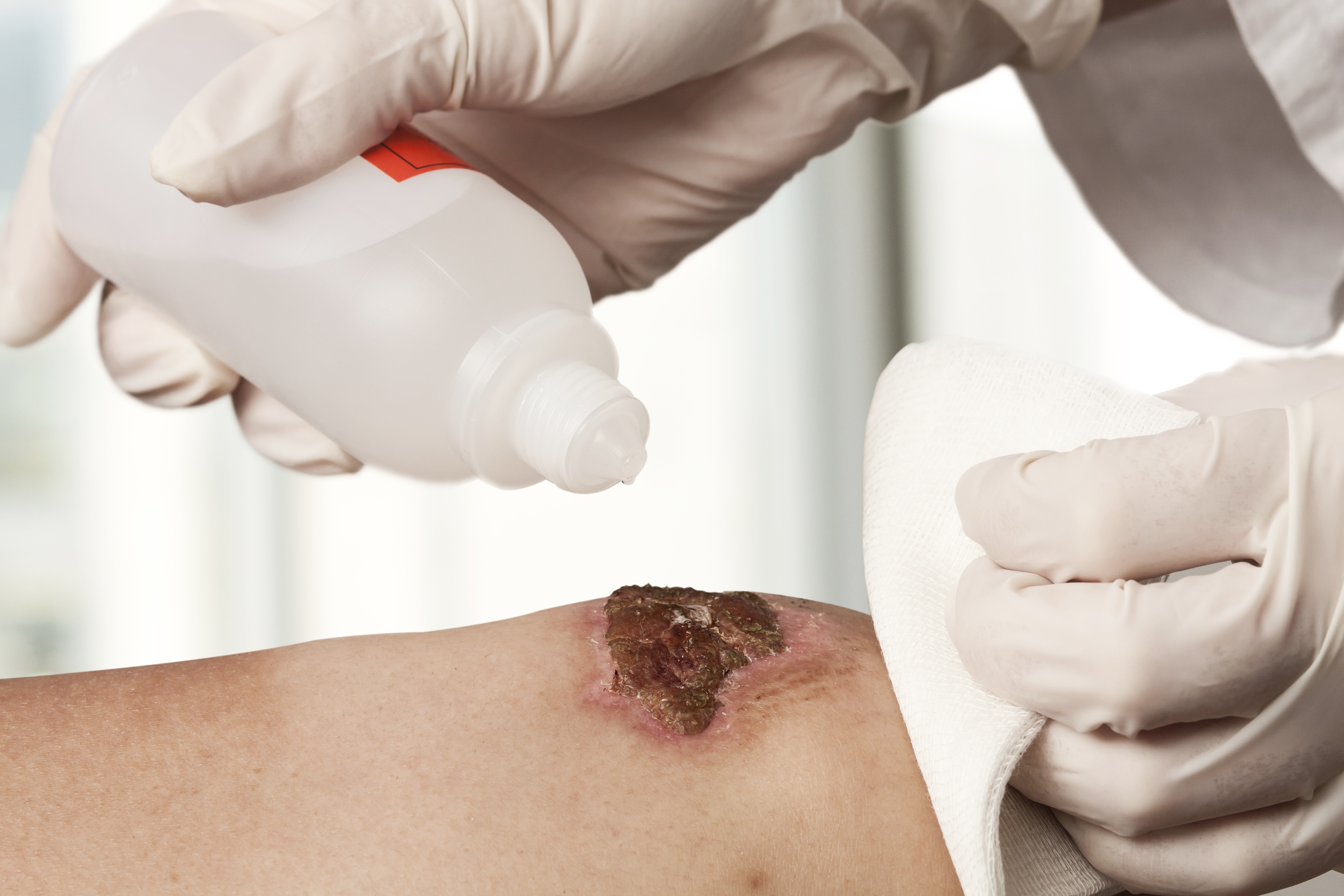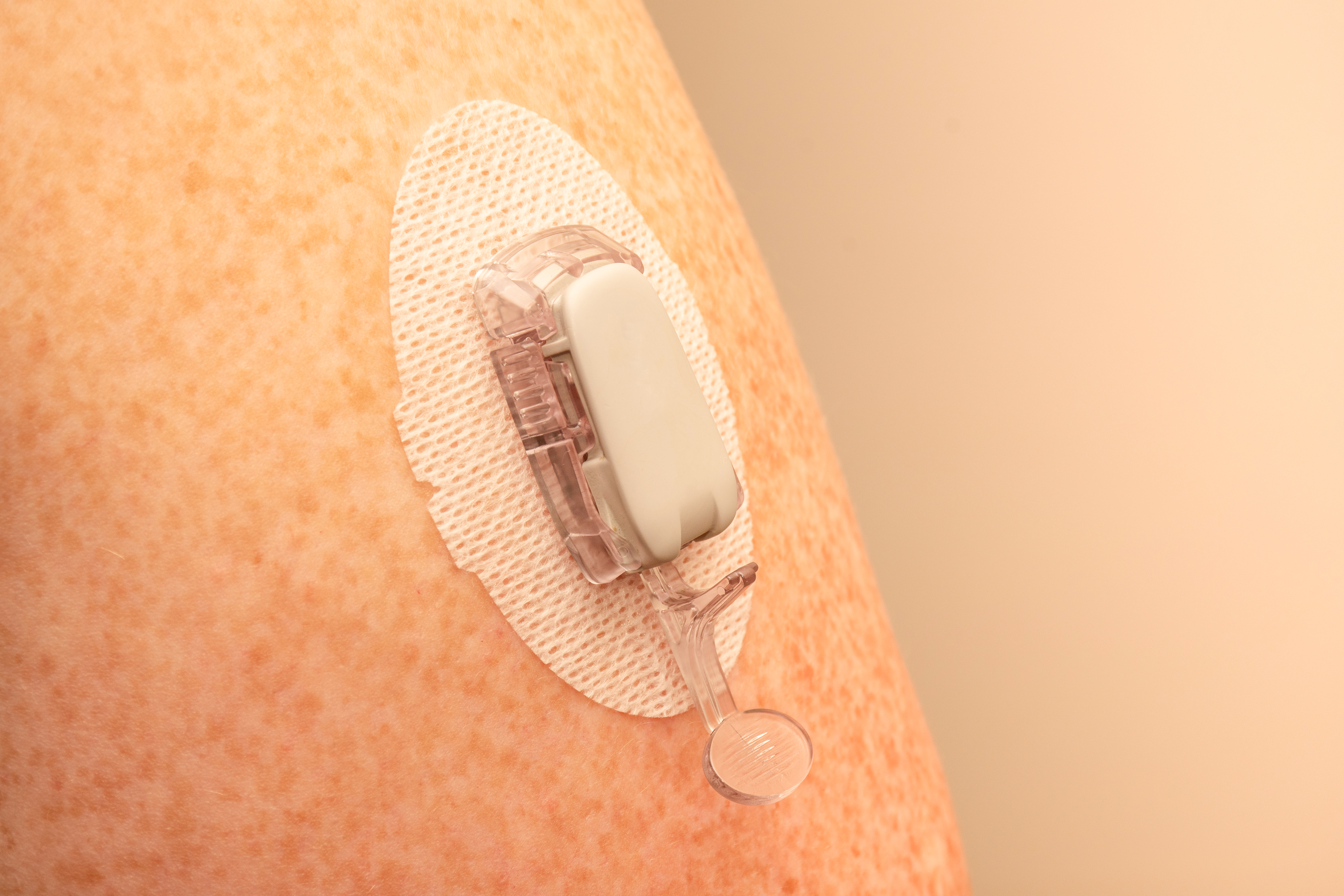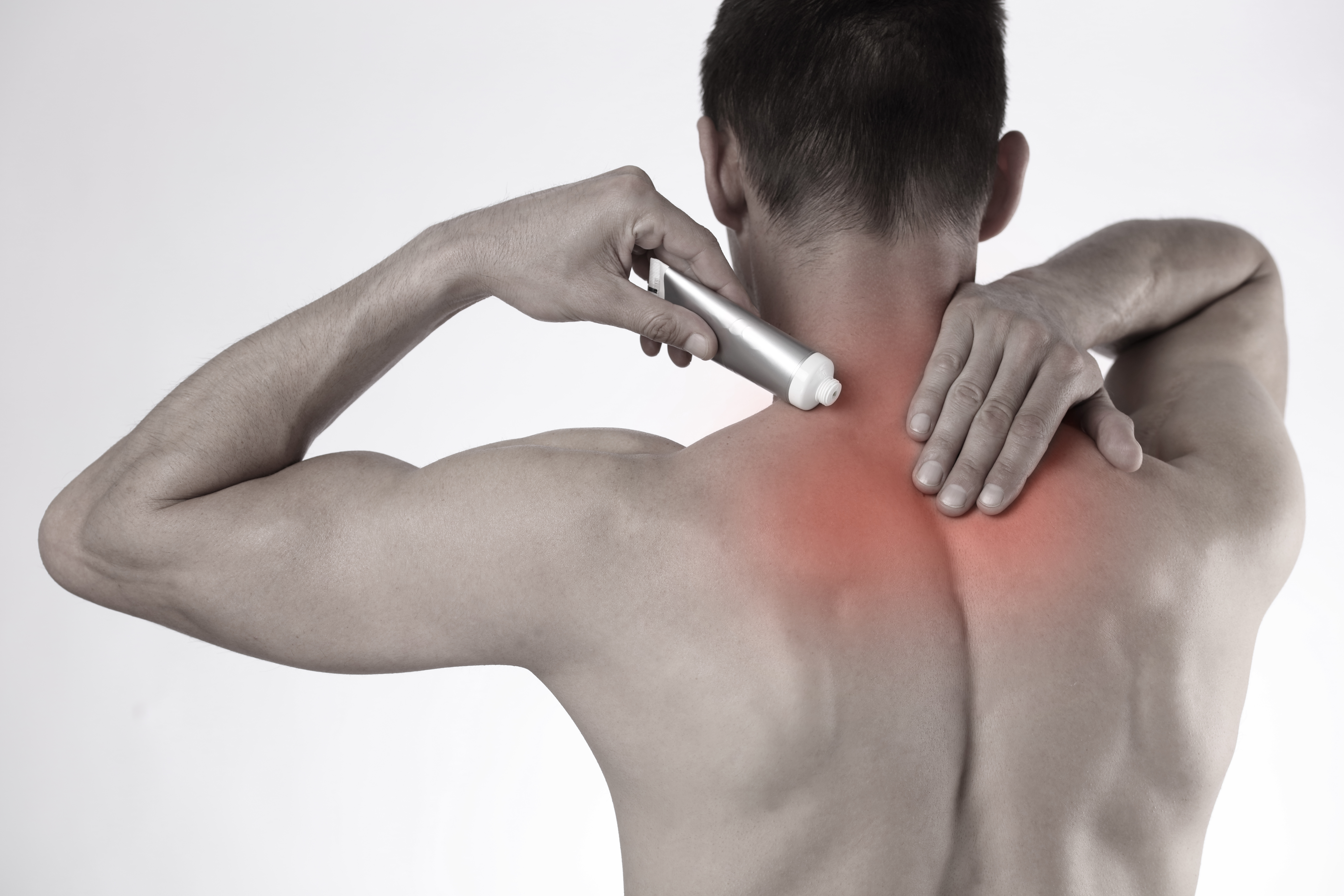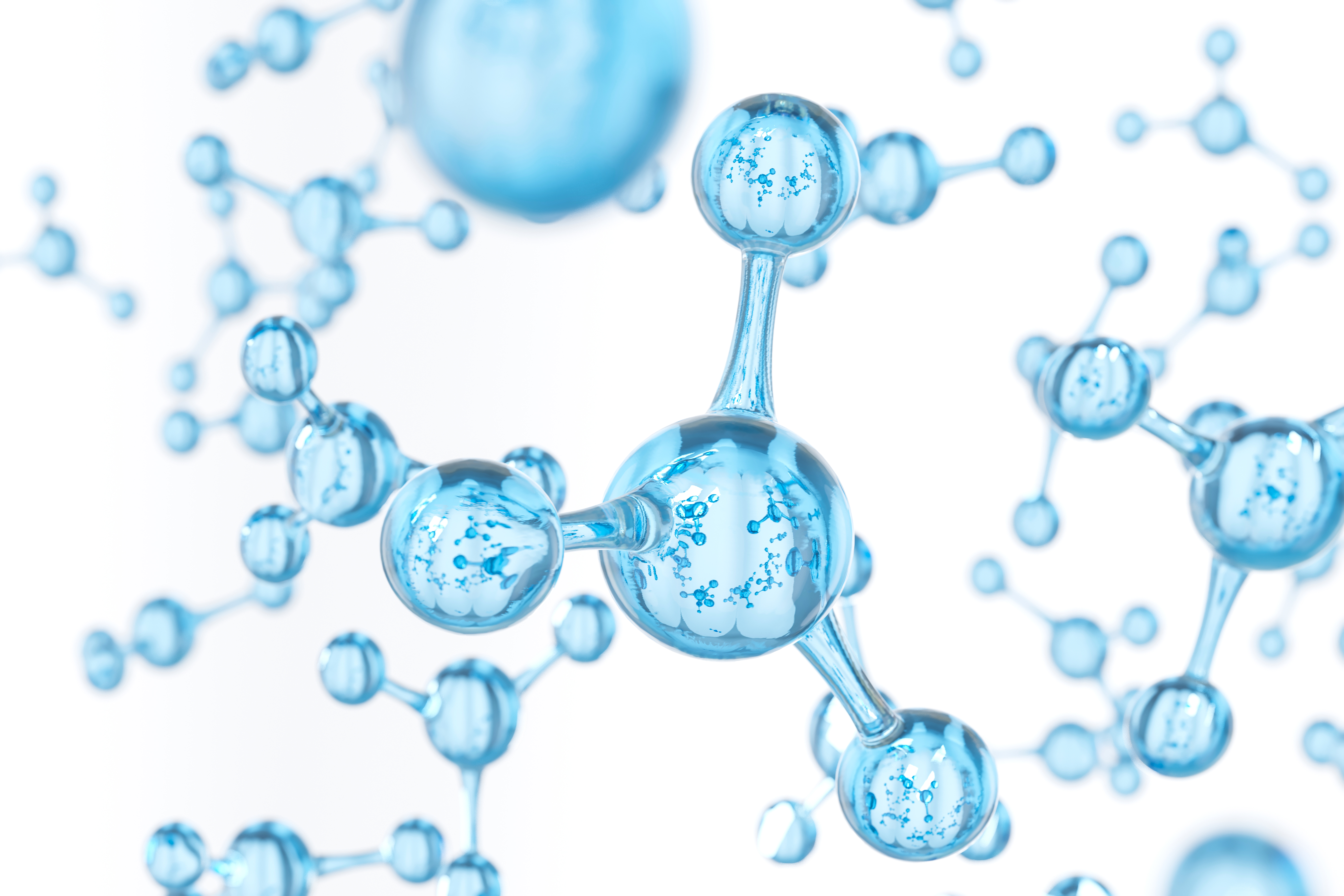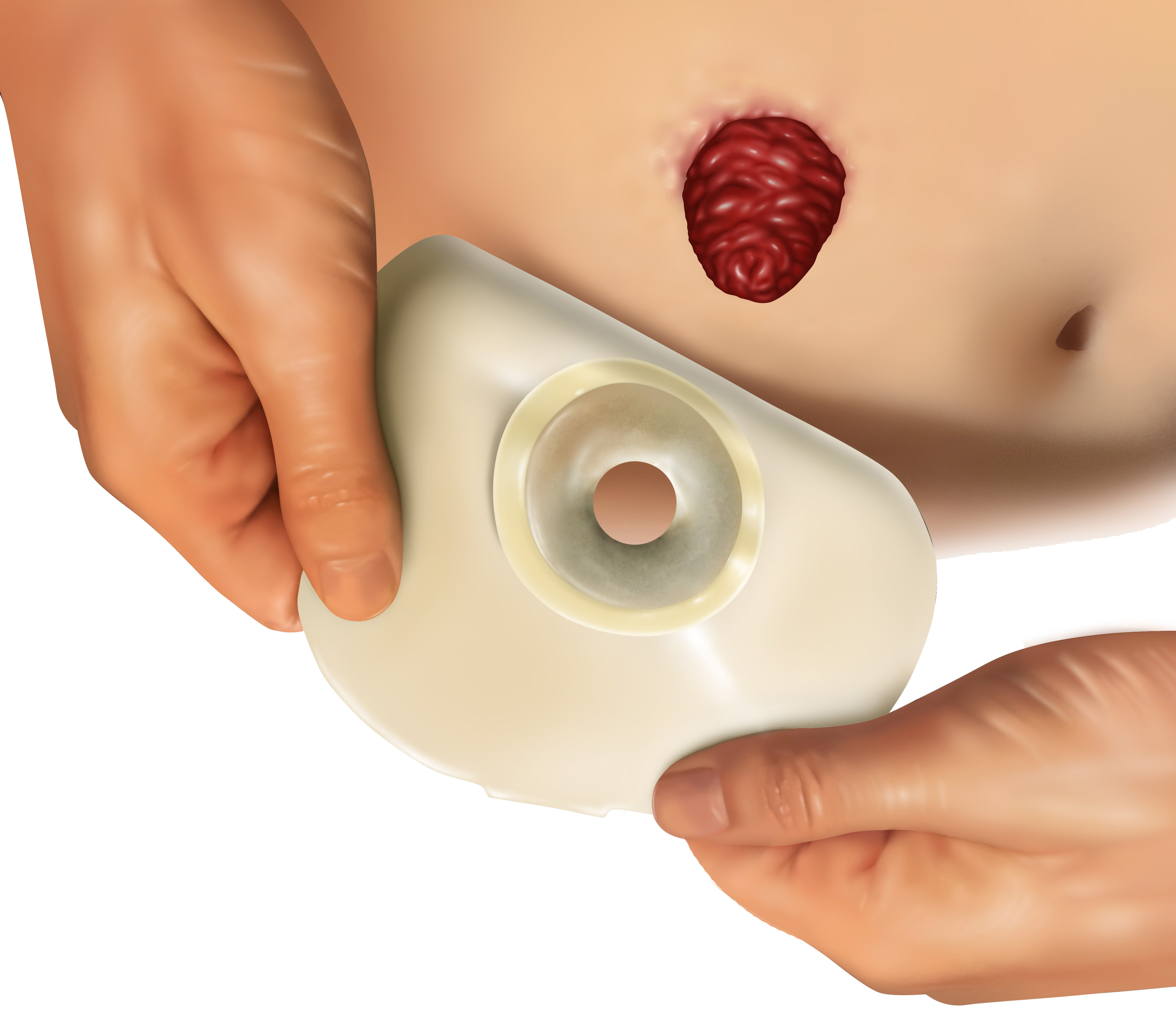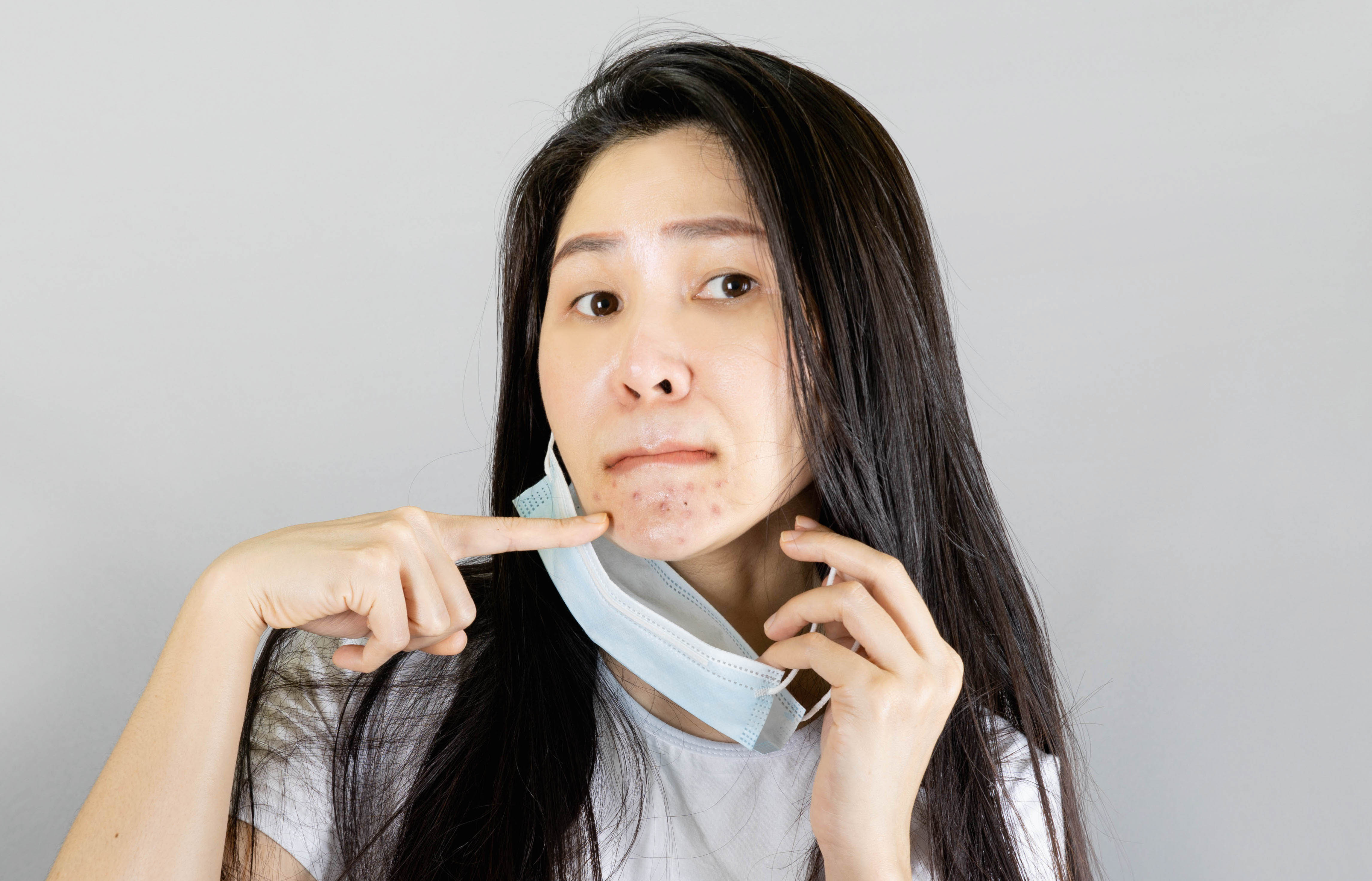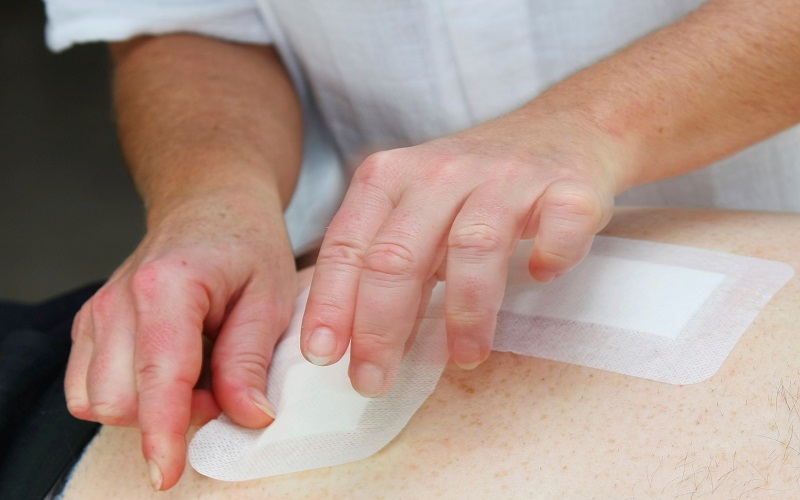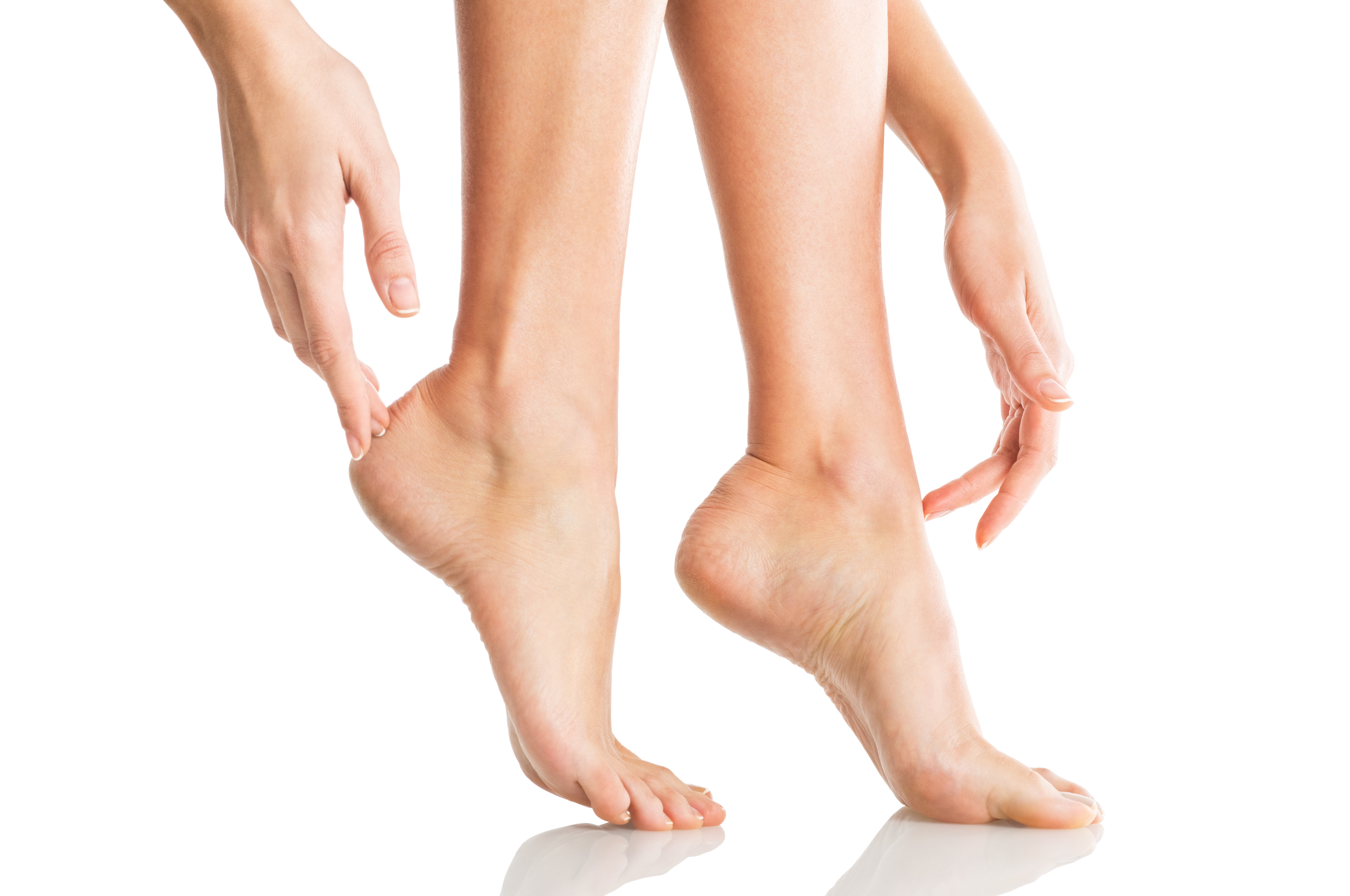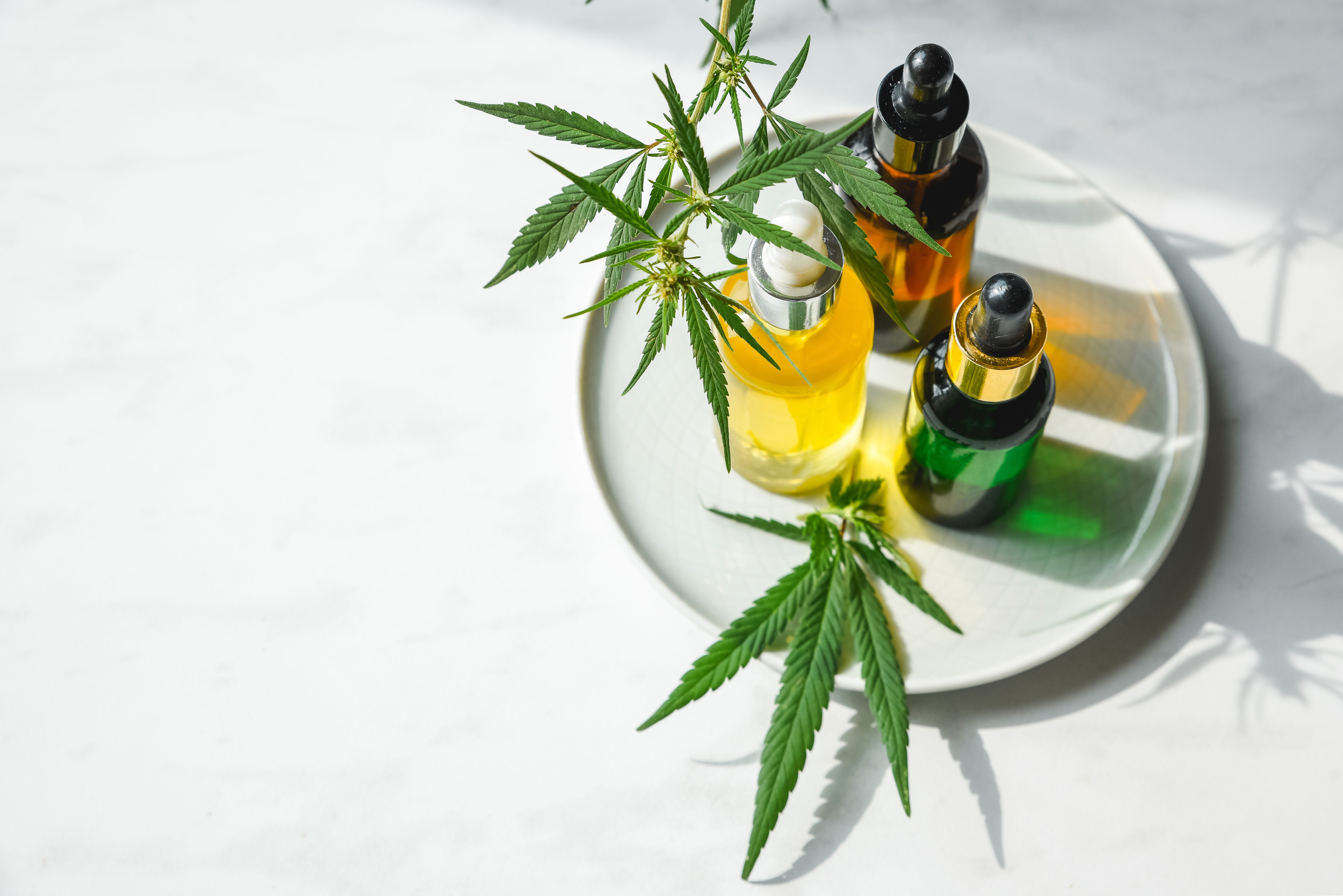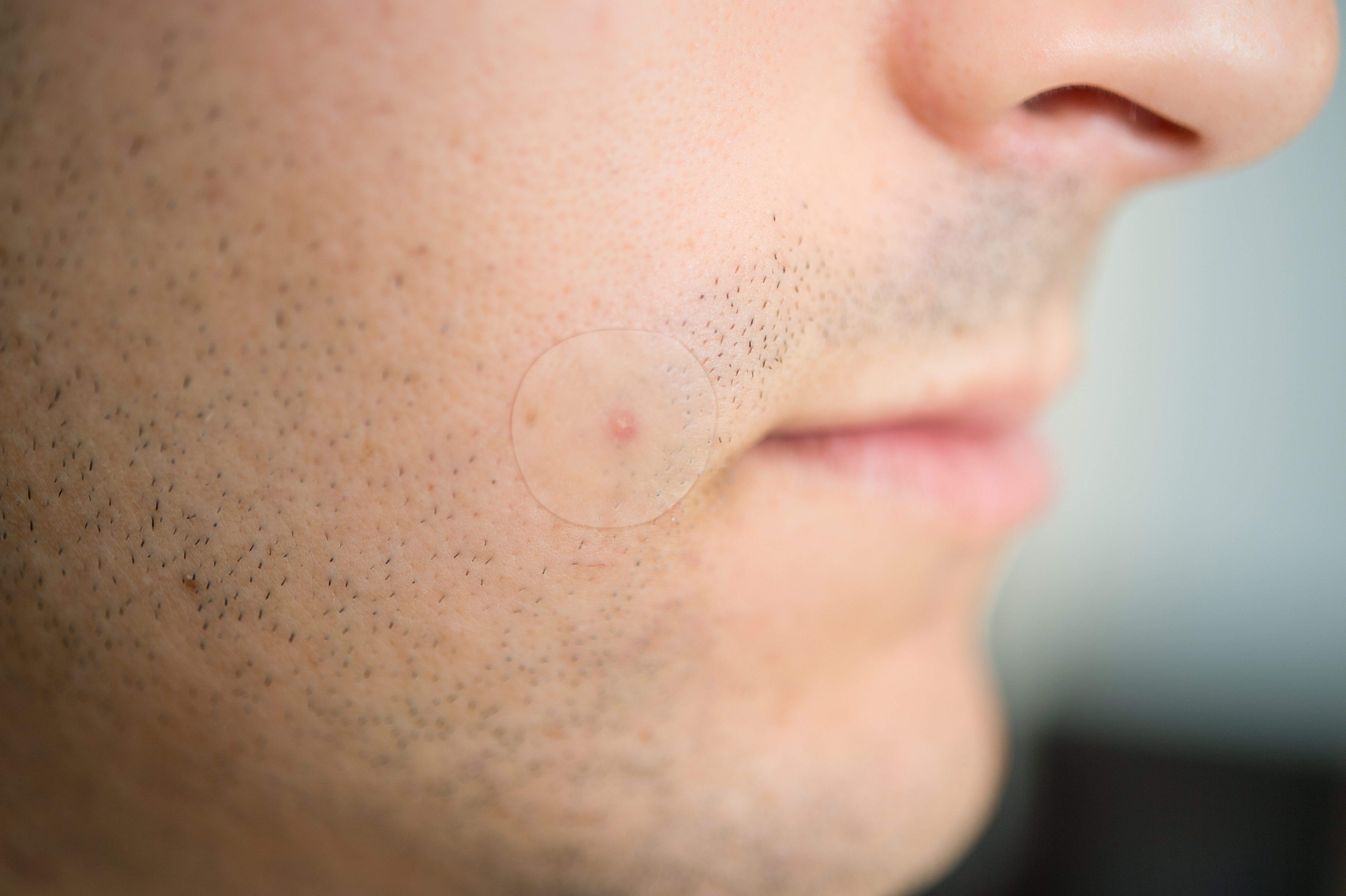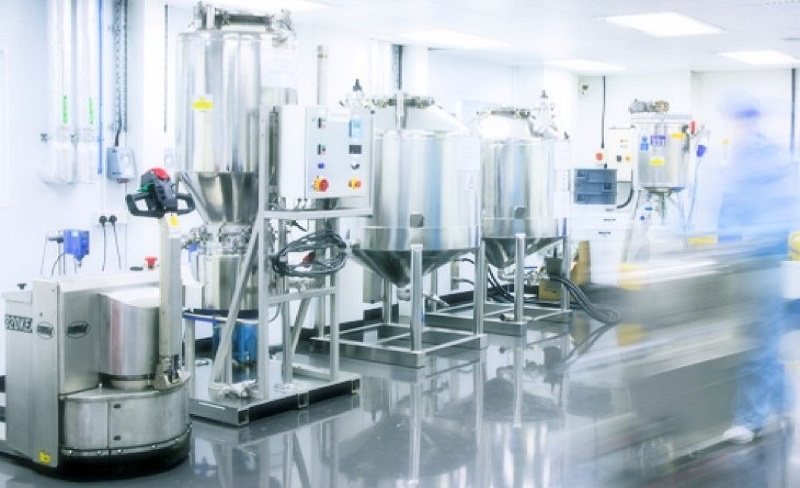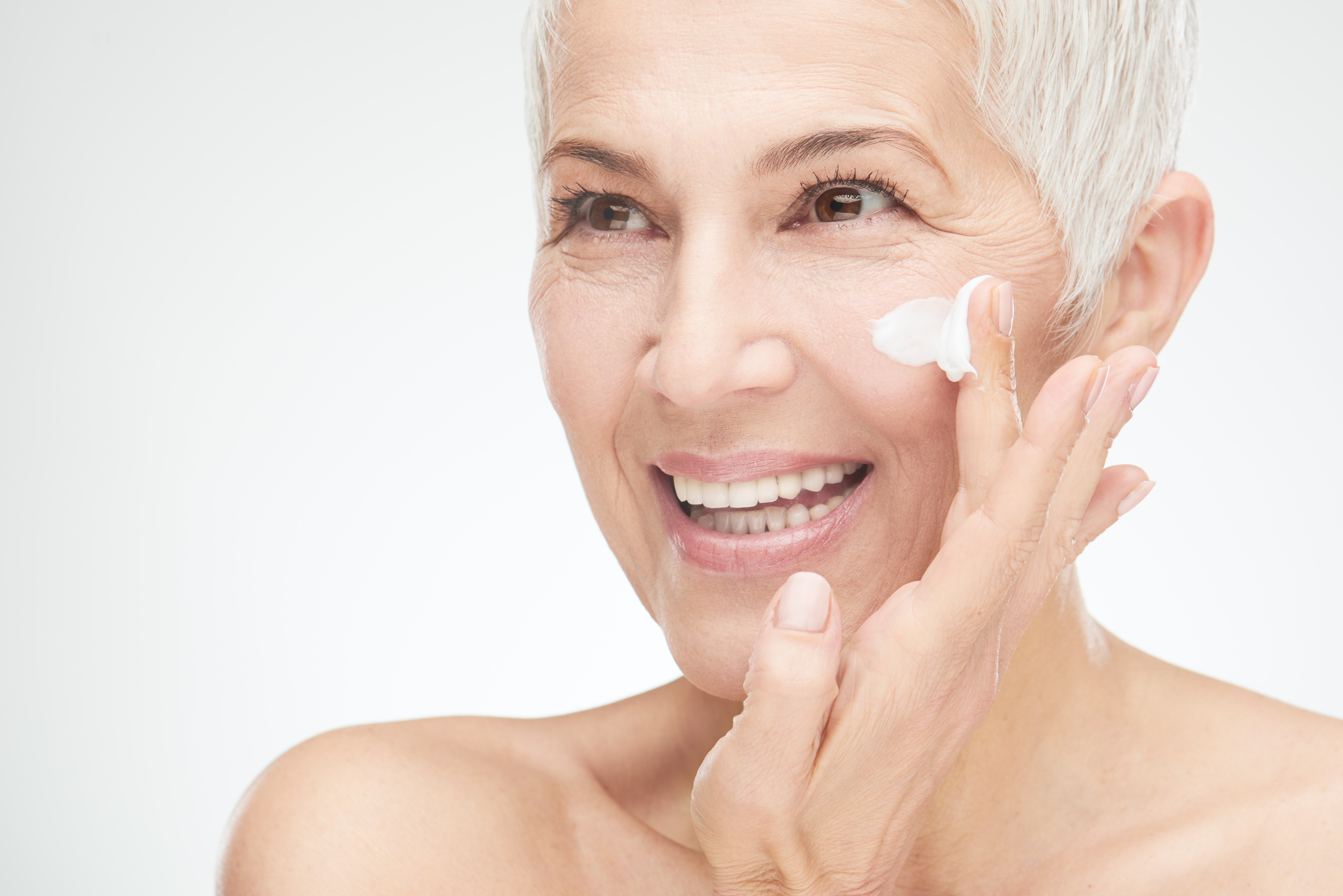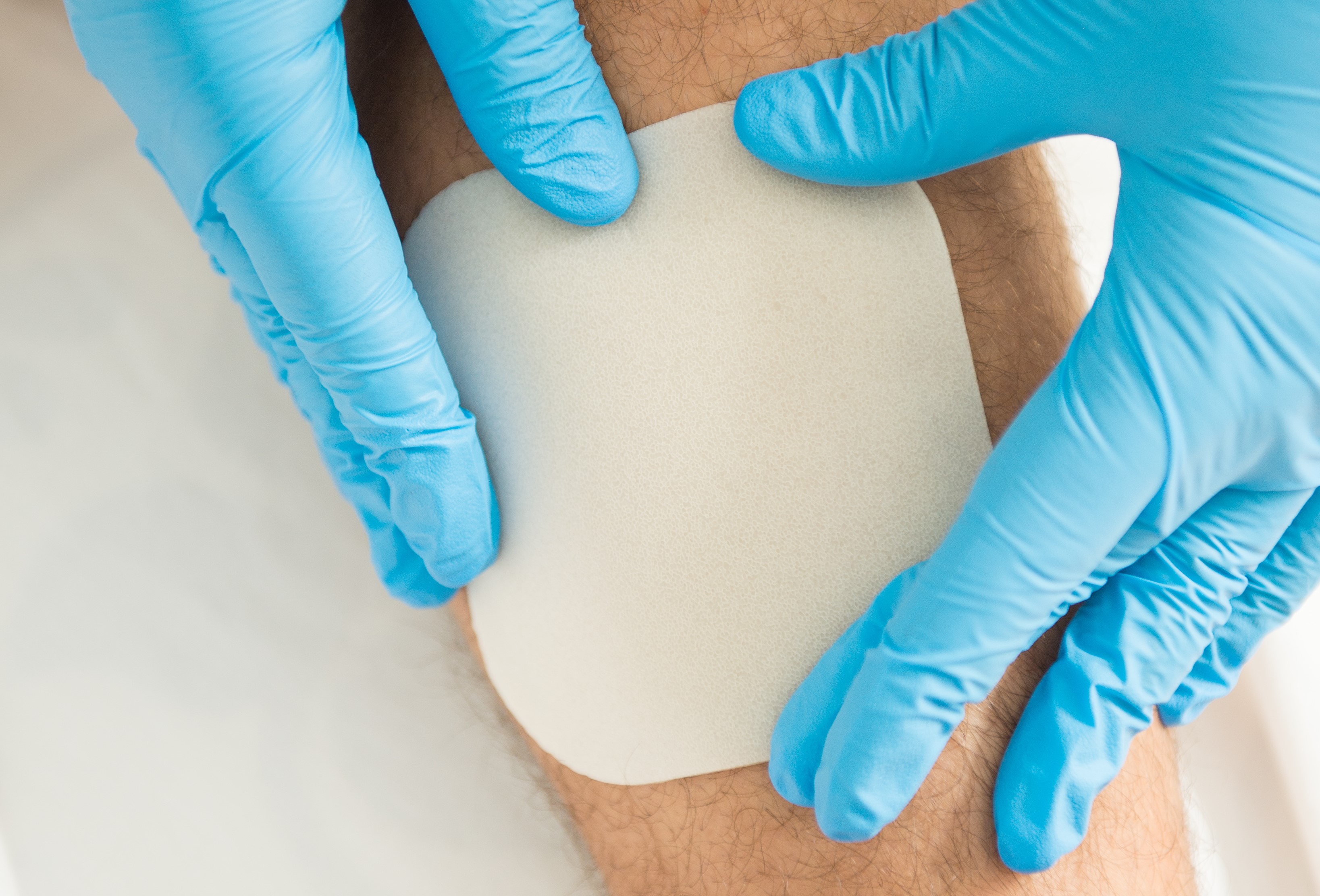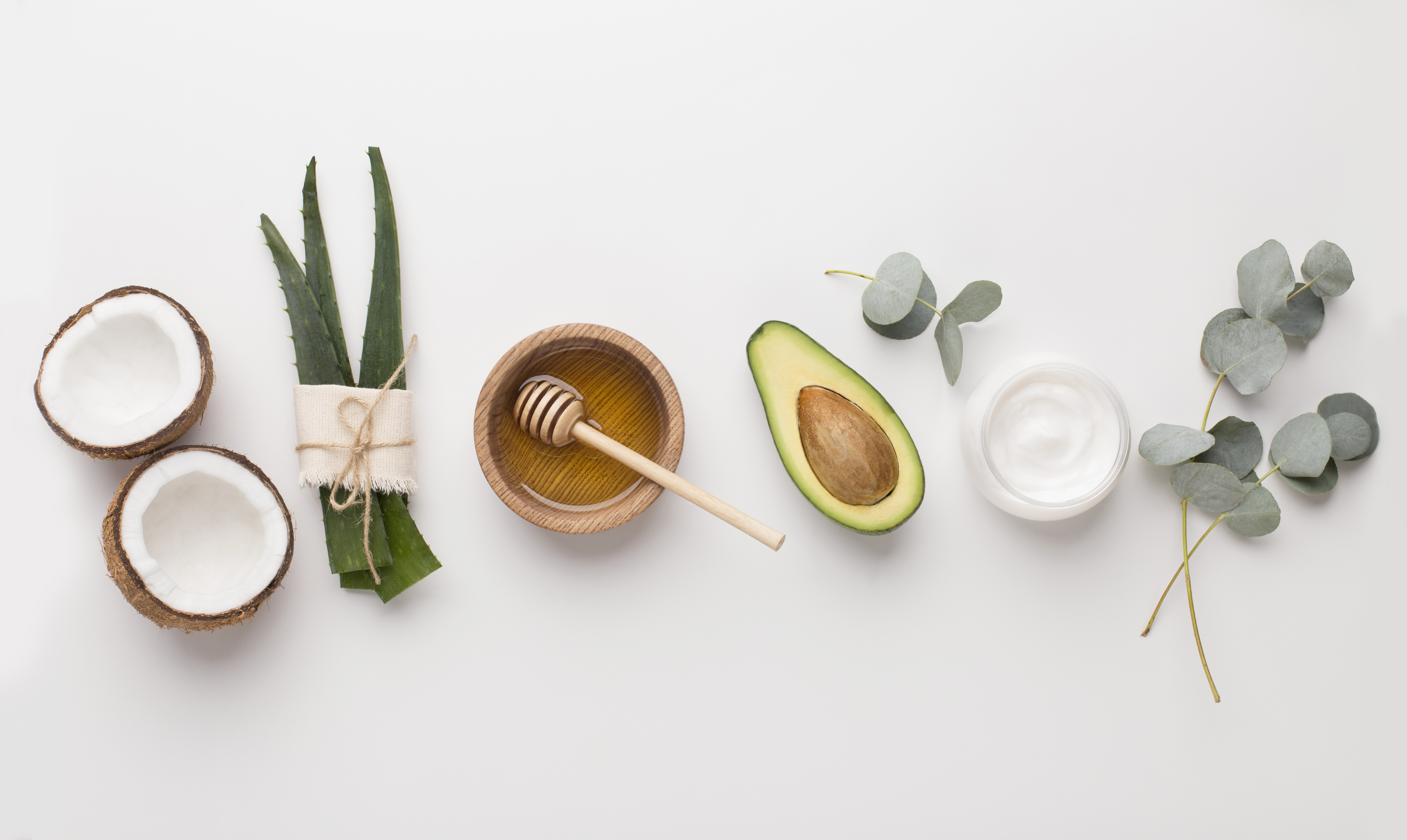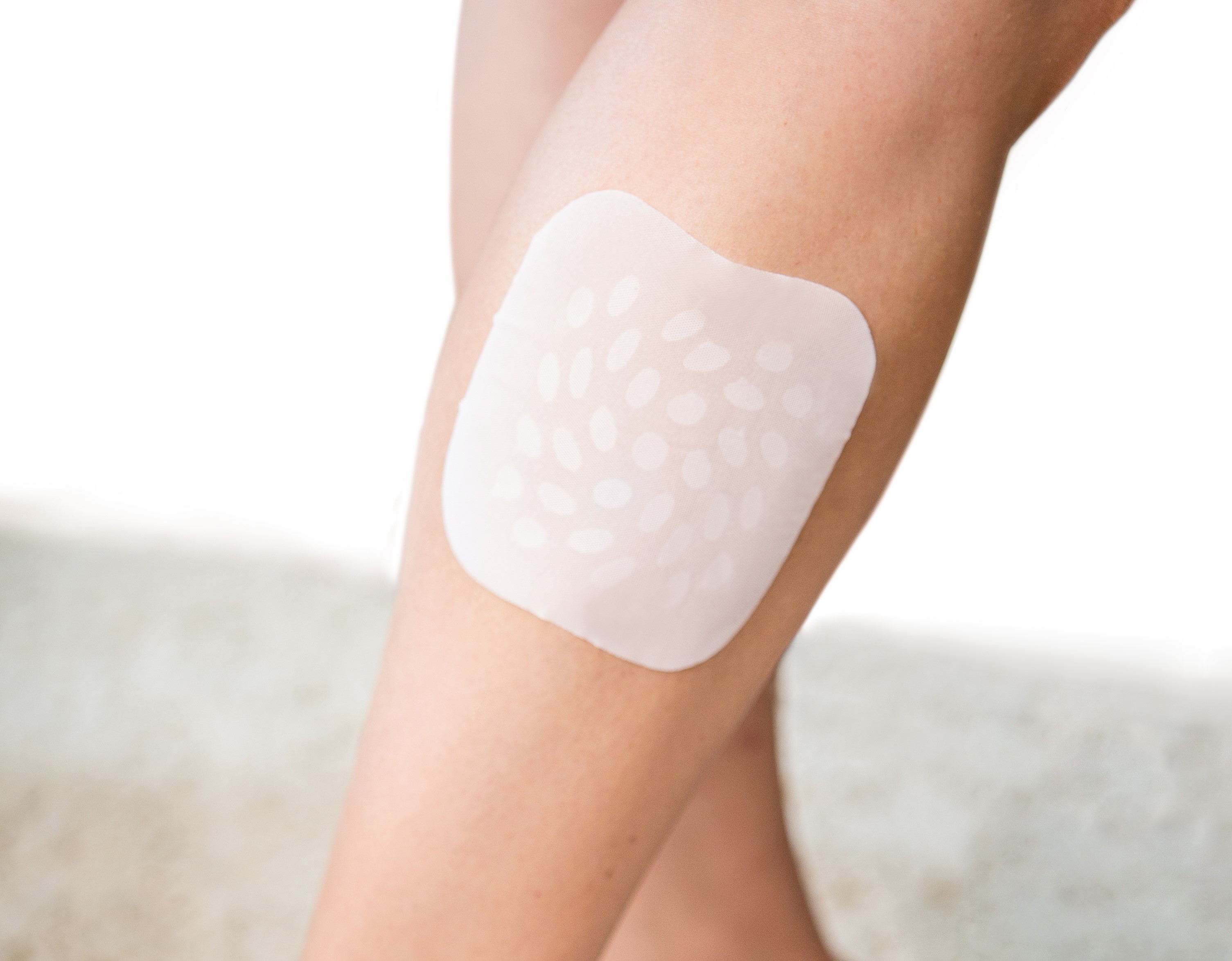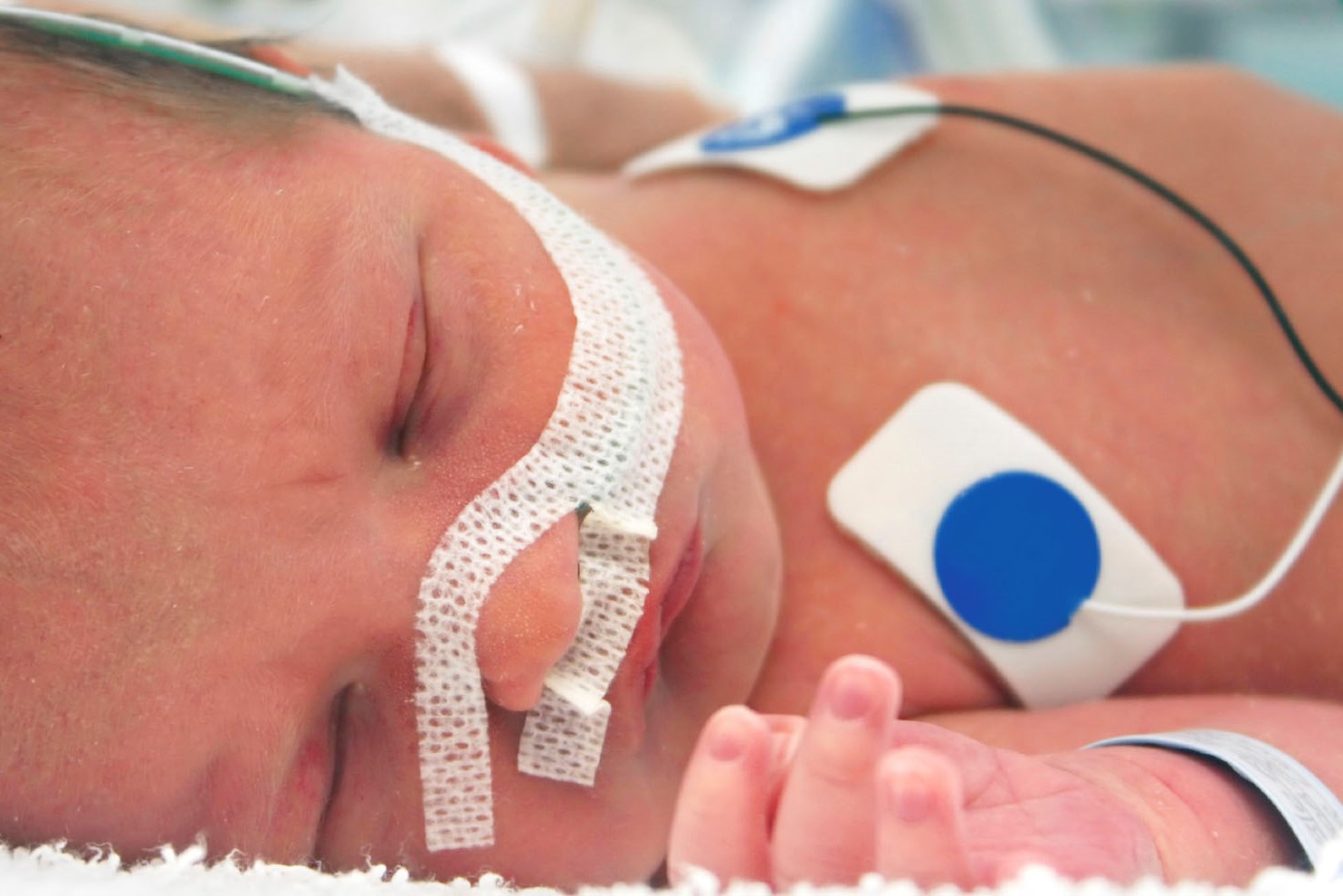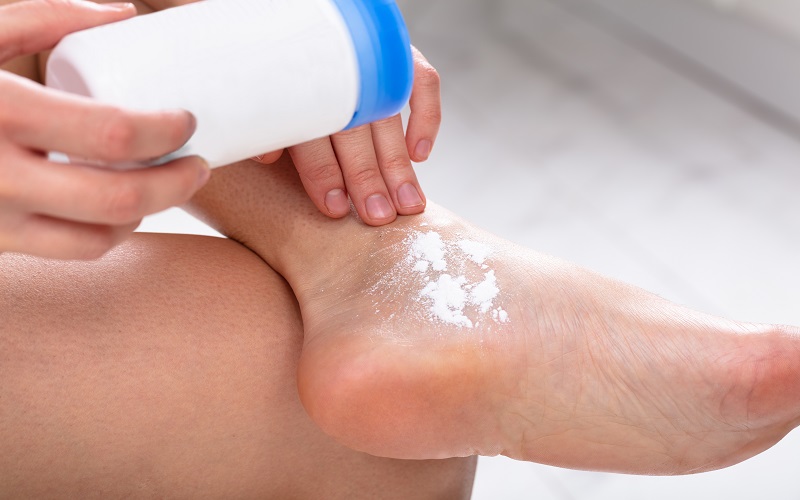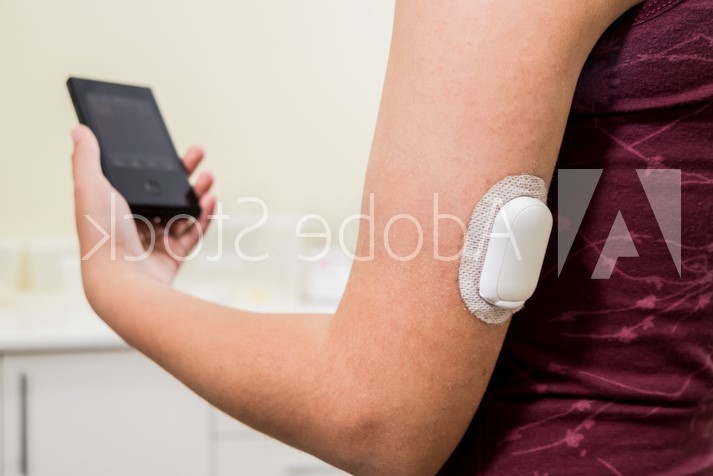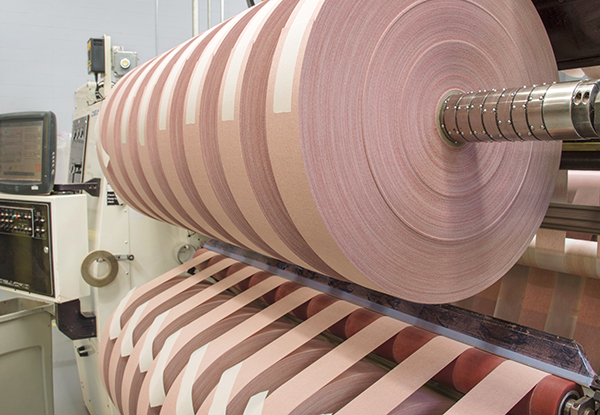There are key differences between acrylic adhesives and silicone and PU gel adhesive technologies with several benefits to consider when deciding which to use for a skin adhesive dressing.
By Michael Nolan, Senior Product
Development Scientist, Scapa Healthcare
Silicone and polyurethane (PU) gel adhesives are characterised by
the low pain caused upon removal, their ability to be repositionable, as well
as the cooling effect that patients experience. There are key differences between
acrylic adhesives and these soft adhesive technologies and there are several benefits
to consider when deciding which to use for a skin adhesive dressing.1-4
Acrylics are the
most extensively used adhesive in the healthcare market1 and can be
formulated and tailored to cater for a wide range of applications. Typically,
they can exhibit strong adhesion to skin to provide a long, active wear time; they
can have high moisture vapour transmission rates (MVTRs) to allow the skin to
transmit moisture through the dressing, and they can exhibit a wide range of mechanical
strength and elastic properties. Acrylics, both solvent and water-based, are
widely used in the healthcare market and are used for applications such as
general consumer dressings, advanced wound care dressings, ostomy applications
as well as medical device fixation. However, acrylic-based adhesives are not
suited for all applications. For direct application onto open wounds or for
patients with delicate skin, polyurethane (PU) and silicone technologies may be
more suitable.
Silicone and PU
gel based products in skin adhesives are typically the product of choice for
more delicate skin adhesive applications as they provide a unique balance of
comfort, conformability, and adhesion.1, 3, 4 Dressings coated with
silicone and PU gel adhesives can be applied directly to skin and open wounds; they
can be repositioned with ease and removed with no trauma to either the wound or
skin. In addition, the cohesive strength of the adhesive layer is strong and
ensures it remains intact, leaving no residue behind. Atraumatic removal of a
dressing during recovery allows the healing process to continue uninterrupted
and consequently improves the quality of life for the patient. Most acrylic
adhesives cannot reach such low peel adhesion values.
The use of
silicone polymers for adhesives is a widely accepted technology and their
purpose and applications are continuously evolving.1 The silicone
polymers designed for the skin adhesive market are typically high in molecular
weight and cure during the coating process using reactive crosslinking groups
that allow for suitable chemical and physical crosslinking of the polymer
chains. These silicone polymer designs result in an adhesive layer with
suitable tack, cohesive strength, moisture resistance and biocompatibility
which can be used for a variety of direct-to-skin applications, such as transdermal
drug delivery, wound care and wearable medical devices.1, 2 However,
there are a few downfalls of silicone technology which should be noted.
Firstly, they exhibit a low MVTR, around 300 g/m2/24hrs, and the
coated products usually require perforation to introduce pores to allow for
breathability. This step greatly increases the cost of these products, however,
as silicone adhesives are a widely accepted technology this price is generally
accepted in the market. In addition, due to the nature of the cured gel they cannot
be sterilised by gamma sterilization as this will affect the adhesive
properties of the gel, so they need to be sterilized by Ethylene Oxide. PU gel
adhesives provide a solution to the downfalls of silicone and bridge the gap
between acrylics and silicones.
PU gel skin adhesives
are not as commonly used as silicones, however their benefits should not be
underestimated and the addition of a polyurethane-based product on a skin
adhesive product range would have unique advantages.4 Like
silicones, the applications of polyurethane gels help to reduce trauma upon
removal but at the same time they also exhibit higher bonding strength and much
higher breathability compared to silicones, around 1500 g/m2/24hrs,
meaning perforation is not required and the overall processing cost is lower
than silicones. They can also be sterilised by gamma sterilization as well as
Ethylene Oxide. The raw materials required to prepare polyurethanes are also
typically not as expensive as silicones, meaning they are a much more cost
effective product.
A significant
benefit of polyurethane technology is that the chemical composition of the
polymer can be easily modified by tailoring the components involved in its
synthesis.1, 4 There are many iterations of polyurethane adhesives
for different applications. Changes to the ratio of the isocyanate and polyol in
the polyurethane polymer will significantly influence mechanical properties
such as its breaking strength and elongation. The molecular structure of each
of these components can also be customized to target almost all key performance
properties such as morphology, mechanical performance, adhesion and tack,
cohesive strength, and hydrophobicity.
There are many
factors involved during the synthesis, formulation, and processing of an
adhesive coating to tailor the properties.1 During synthesis, the
polymer backbone and functional groups will contribute to the desired
morphology, which affects the mechanical and rheological properties of the
adhesive. Then, an adhesive formulation can be designed by blending different
polymers together and introducing active ingredients; then the key factors in
producing the final adhesive properties are defined by the choice of curing
conditions, coat weight and substrates during the coating process. In short,
many factors are considered during the design process to tailor the adhesive
layer performance for a customer’s specific application and performance
requirements.
There are clear
benefits of soft adhesives in the medical adhesive market. We are always
seeking to improve the quality of life of patients and the current and future
technologies of silicone and PU gel adhesives help to meet those needs.
Silicones are widely used and there is a clear need to utilise this technology
for a wider range of applications, PU gels also exhibit clear advantages when
considering some of the lower performing aspects of silicones and help to
bridge the gap between acrylics and silicones.
References
1.
G. K. Schalau II et al., in
Silicone Adhesives in Medical Applications, ed. H. Ozer, Intech, 1st edn, 2018,
ch. 6, pp 93-115.
2.
H. S. Tan and W. R. Pfister,
Pharmaceut Sci Tech Today, 1999, 2, 60-69
3.
S. B. Lin et al., Journal of
Adhesion Science and Technology, 2007, 7, 605-623
4.
J. Joseph et al., The
International Journal of Surface Engineering and Coatings, 2018, 3, 121-129
View website







